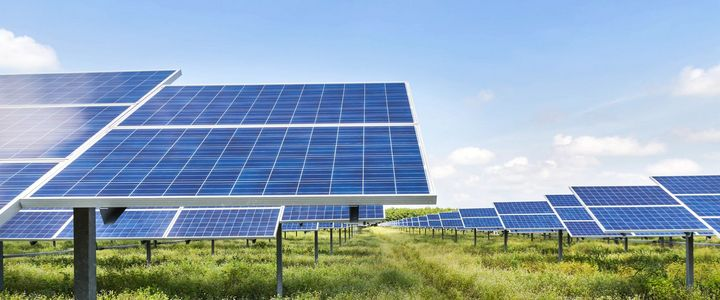Inside a Solar Panel Factory: A Comprehensive Guide to Manufacturing Solar Panels
Solar panel factories are facilities designed to produce solar panels, the devices that convert sunlight into electricity. These factories play a critical role in the solar power industry, which has experienced rapid growth over the past decade.
In this comprehensive guide, we will take an in-depth look at the manufacturing process of solar panels and explore the various stages that take place inside a solar panel factory.
1. Silicon Ingot Production
The manufacturing process begins with the production of silicon ingots, which are cylindrical blocks of high-purity silicon. These ingots serve as the raw material for solar cells, the building blocks of solar panels.
To produce silicon ingots, manufacturers start with high-purity silicon dioxide, which is purified through a series of chemical processes to produce metallurgical-grade silicon. This silicon is then further processed to reach the required level of purity. The resulting silicon is then melted in a furnace and cast into large cylindrical ingots.

2. Wafer Production
Once the silicon ingots are produced, they must be sliced into thin wafers. This is accomplished using a process called wire sawing, which involves cutting the ingots into slabs using a diamond-coated wire. These slabs are then shaped into square wafers using a series of grinding and polishing processes.
3. Cell Production
The wafers are then processed into solar cells. This involves a series of complex steps, including doping the silicon with impurities to create regions of positive and negative charge. These charges create an electric field which is used to generate electricity when exposed to sunlight.
4. Module Assembly
Once the solar cells are produced, they must be assembled into modules, which can then be used to generate electricity. This involves placing the solar cells onto a backing material and connecting them electrically. The cells are then sealed with a protective layer and wired together to produce the desired voltage and current.
5. Quality Control
Throughout each stage of the manufacturing process, quality control measures are in place to ensure that the resulting products meet strict standards. For example, solar cells must pass a series of tests to ensure that they are producing the correct amount of electricity under different light conditions.
In conclusion, solar panel factories are complex facilities that require specialized equipment and expertise to manufacture high-quality solar panels. By following the steps outlined above, manufacturers can produce solar panels that are efficient, reliable, and cost-effective, making it possible for more people to harness the power of the sun to generate electricity.

